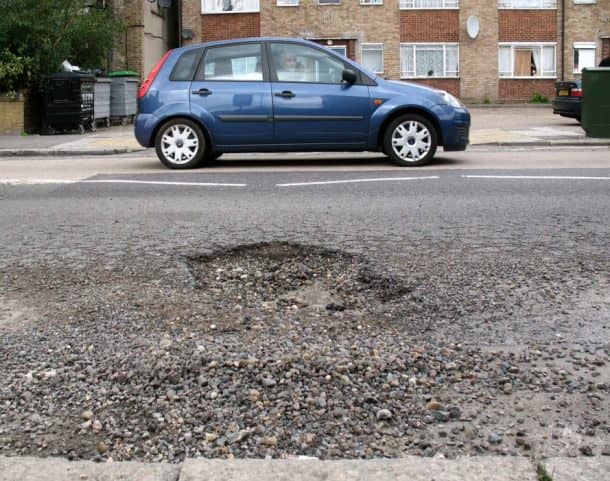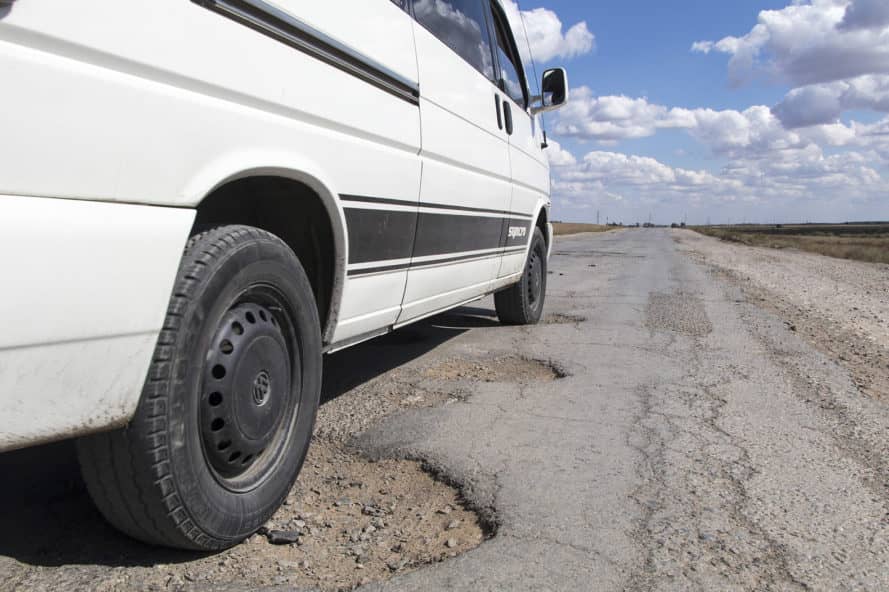Plastic roads are cool, and solar panel roads are even more awesome, but how can we resolve the epidemic of potholes in our regular asphalt roads? Surely potholes are the largest nuisance for the drivers, and besides ruining the wheel alignments, they also pose a serious traffic hazard. Thank goodness, scientists in the Netherlands are also fed up with this problem, so they have come up with road construction materials that can repair themselves, meaning no potholes, ever!
This Startup Has Come Up With The Technology To Make Roads Out Of Used Plastic Bags
Asphalt is porous, which means that besides having the advantage of absorbing noise, it also is incredibly prone to cracks and potholes. This is why materials scientist Erik Schlangen, who is also the chair of Experimental MicroMechanics at the Delft University of Technology, has been working on self-healing asphalt. The magic material is a mixture of steel fibers and asphalt that makes the material conductive. And a mere roll of a large induction machine over the self-healing asphalt closes any cracks.

The self-healing asphalt has already been applied for testing on 12 Dutch roads, which have been in use since 2010 and still are in excellent conditions. Schlangen said that normal asphalt roads stay in good conditions for seven to ten years, but the self-healing asphalt can go last twice as long! The special material will be 25 percent more expensive than the traditional asphalt, but its longevity and low maintenance attributes mean the Netherlands will save over 90 million Euros every single year!
Along with the steel fibers self-healing roads, Schlangen has also been working on bacteria roads that produce calcium carbonate and automatically fill in the cracks or any potholes. According to Schlangen, these bacteria can live for 200 years, so they will last the lifetime of concrete and also don’t harm humans.


